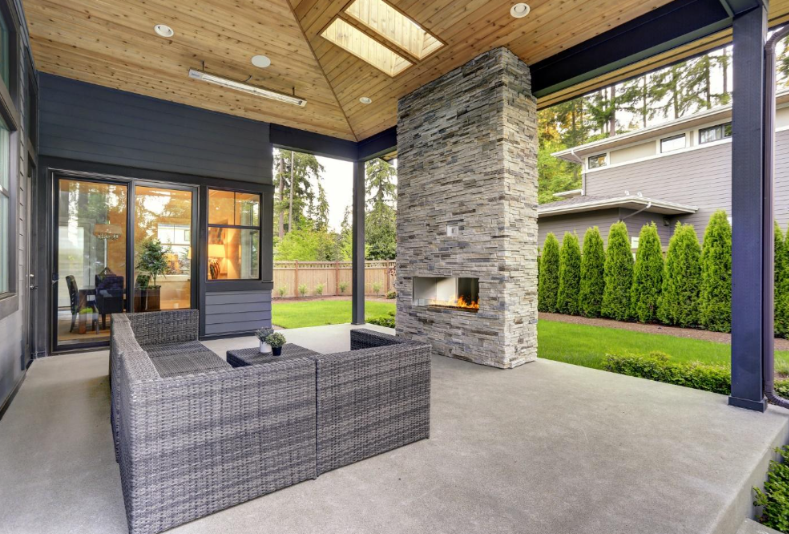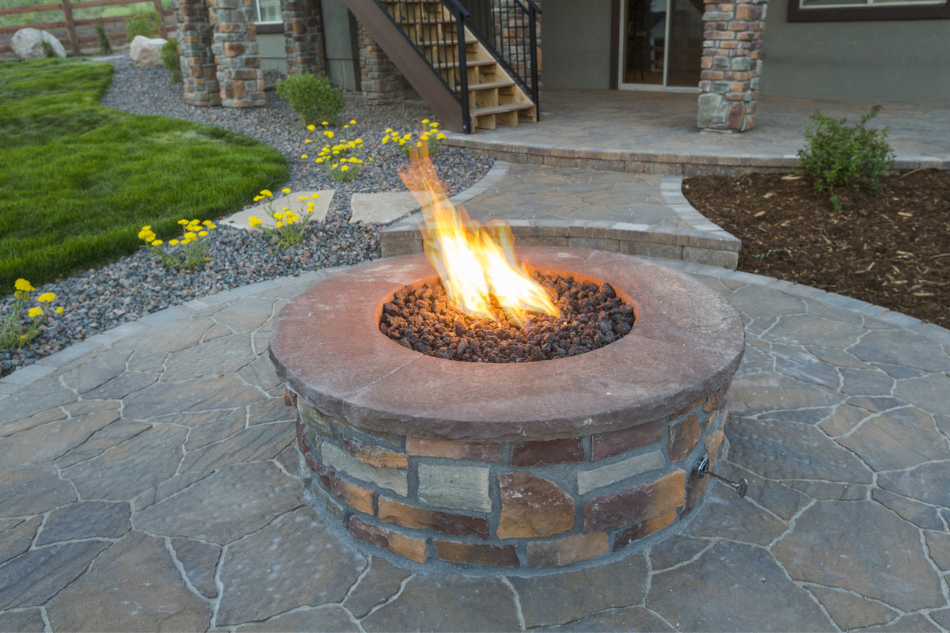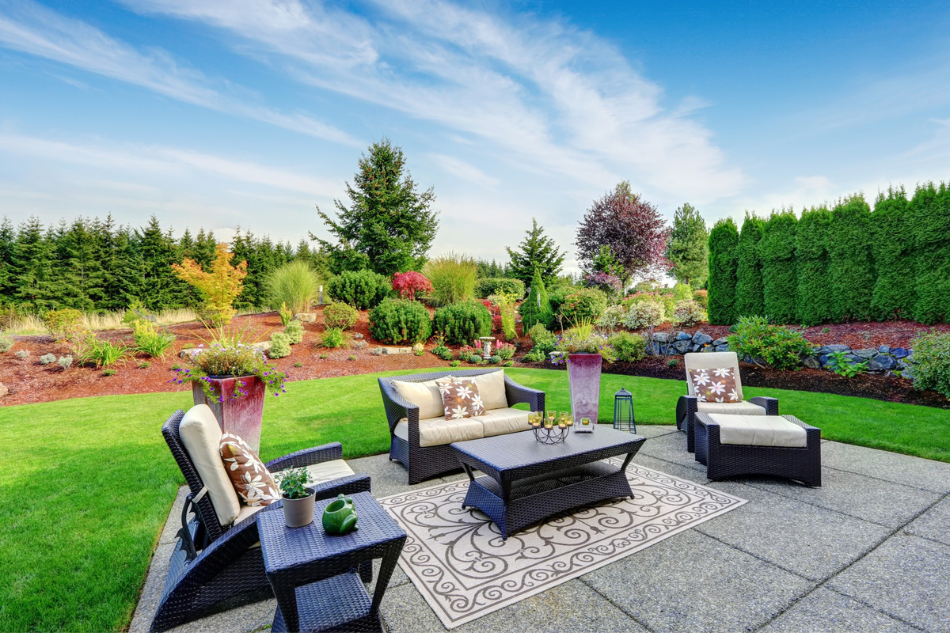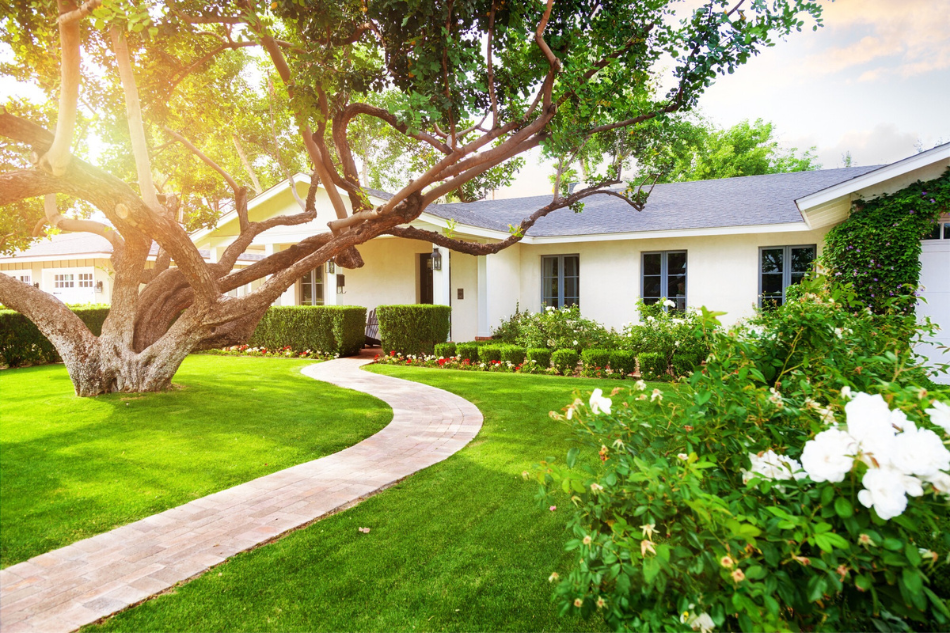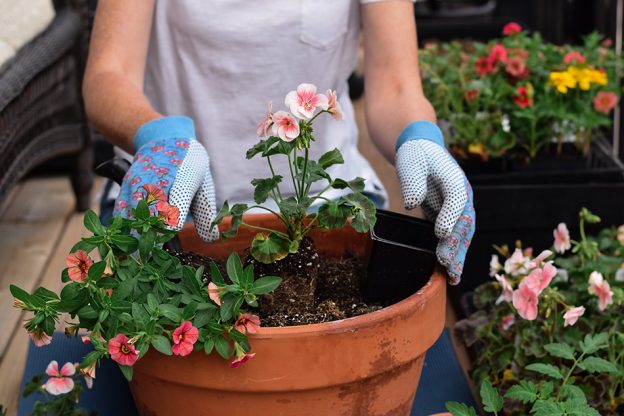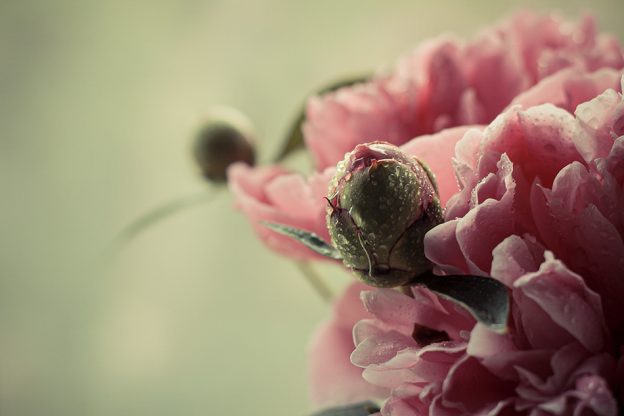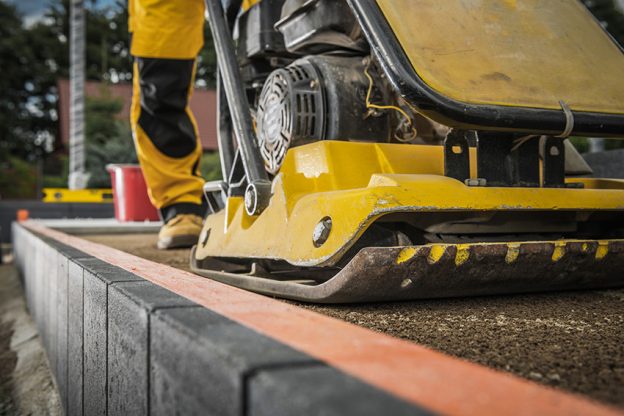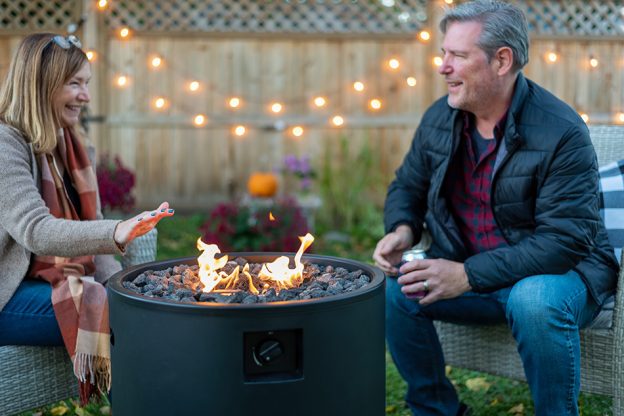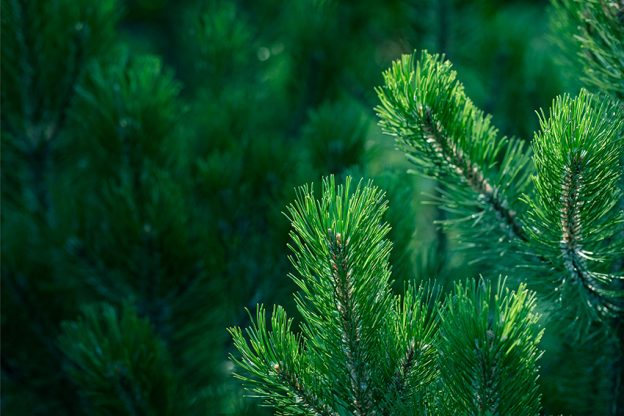Did you know that a standard wood patio can only hold about 50 pounds per square foot (PSF) and that a concrete slab could hold up to 4,000 pounds in comparison? This will significantly vary based on the size of the concrete patio but the PSF of concrete and wood barely compare. Using materials like wood or tile are popular patio options but they do not stand up well to concrete in terms of durability, versatility, and lifespan.
A concrete patio offers you better value, it is easier to maintain, and it is more affordable than options like brick or certain tiles. If you are looking for something with a high tensile strength that is cost-effective, concrete might be your best option. Keep reading to find out the top advantages of using concrete to elevate your space.
The Affordability of a Concrete Patio Is Hard to Deny
It is often assumed that using concrete comes at a higher price tag than opting for other options for outdoor patio solutions. In some cases, this can be true but overall, pouring concrete is less expensive by the square foot. Whether you are using concrete pavers or pouring a concrete slab, depending on the size, the cost is quite manageable.
Not to mention, when using concrete, you are getting value based on the lifespan. Concrete usually lasts two to even three times longer than wood does. This means that if you have a wood deck, you can expect to pay additional costs in upkeep and continued maintenance far down the line.
Depending on your climate, wood decks can weather quickly and pose potential safety issues. It could also require additional costs if it needs to be replaced or parts rebuilt. To avoid those issues altogether, using concrete for patio pavement would make more sense both for short and long-term applications.
Consider That You Have a Choice to Make
In terms of direct costs, consider the price of a stamped concrete patio compared to building a wood deck. The concrete option could cost anywhere from $2,700 to $7,203.
Keep in mind that this price range will vary by project. The actual cost ultimately depends on the size of the patio, your design, and the complexity of that design.
However, on average, most homeowners are spending anywhere from $3,920 to $10,540 for a wood deck. The price for this will also depend on the size needed and the complexity of the build.
The price range for a wooden deck can be a bit higher in many cases and if you need a small deck, while it can be a low initial cost, you are still left with a few things to consider. You will have to have a maintenance schedule for it if you want it last. With something like wood, you also have to worry about unwanted color change and warping…two things that you do not have to worry about with concrete.
The chance for splintering is also a concern so let go of the idea of being outside barefoot on your deck especially if you have had it for a while. Wood decks will also require either painting or staining in most cases. Depending on the size, this is a job that could cost over $1000.
With concrete, it is more of a pour-and-go type of job. No painting or staining is necessary. While concrete may take a few days to cure, the investment is well worth it especially if you have children or pets.
Less Energy Spent on Upkeep
While there might be lawn and DIY enthusiasts that love a challenge…not too many people want to choose a patio solution that will surprise them with random issues to keep them on their toes. A concrete patio comes with very few surprises and requires little maintenance because it is a non-porous surface.
A non-porous perfect surface basically means that air and water…or other liquids cannot flow through it. This is a problem you may encounter with wood at some point even if it is treated but not with concrete. You may also hear that varnished wood or something similar is not porous.
While this is true, keep in mind that in a high-traffic area especially with pets and even the wind will cause that varnish to wear away over time. In a way, what was once something that you bought as ‘non-porous’ will later become porous and this is what will increase your chances of needing a rebuild down the line.
Like with anything though, there are some things to know about concrete. There is the chance for cracking as the soil beneath the concrete ‘naturally’ shifts over time. A professional contractor will prep the base soil properly to help minimize any potential issues over time. Additionally, when done professionally, control joints will be used to combat cracking and future cracks are directed by intentionally cutting into weak spots.
Concrete Patios Are Built to Last
A concrete patio will last you more than 25 years and upwards of anywhere from 30 to 50 years. How long it lasts depends on where you live, how it was installed, and how well it is taken care of over time (it does not require much maintenance).
Consider the change in seasons as well. Concrete holds up to weather and changing seasons far better than wood and other decking materials.
Concrete Patio Designs Offer Significant Advantages
Having a concrete patio means that you will have something that will last longer and offer better durability. They offer a variety of styling opportunities and the upfront cost, depending on the size you need, could be lower when compared to other materials. Also, concrete allows you to get creative and is much easier to customize than materials like wood for example.
To see a significant return on your investment and find a way to enjoy your outdoor area year-round and long-term, get in touch with the Martin John team.


